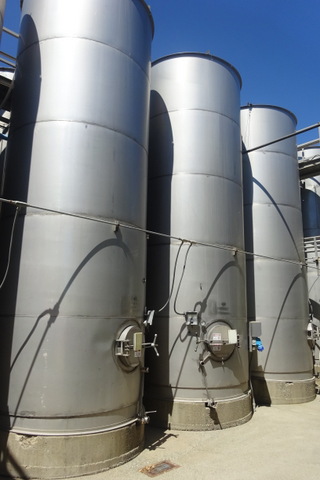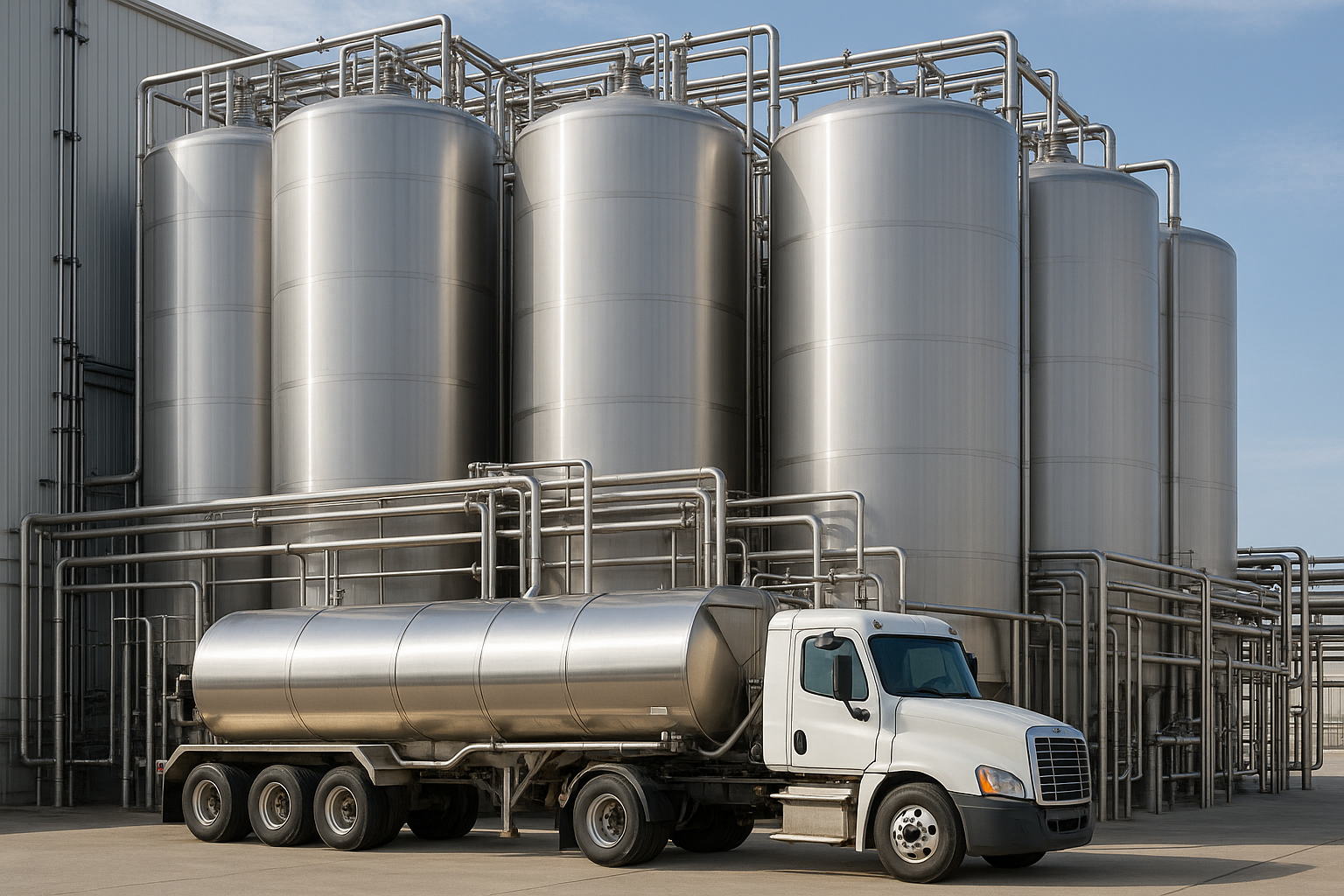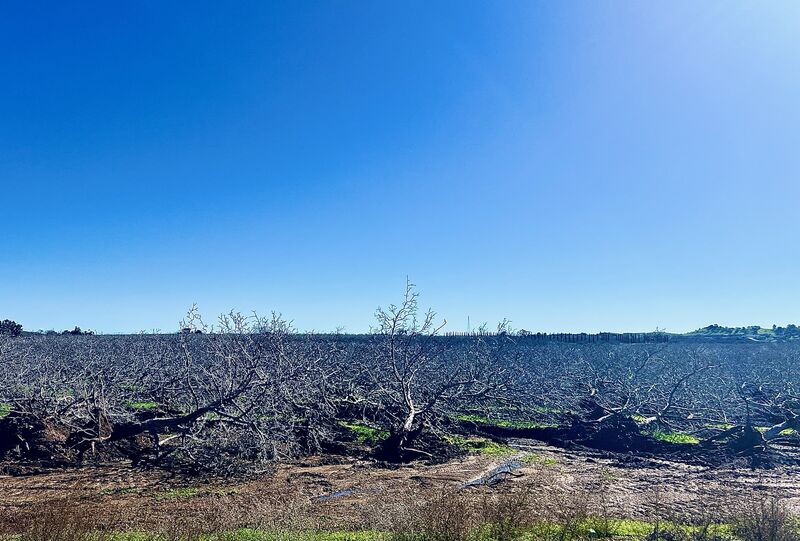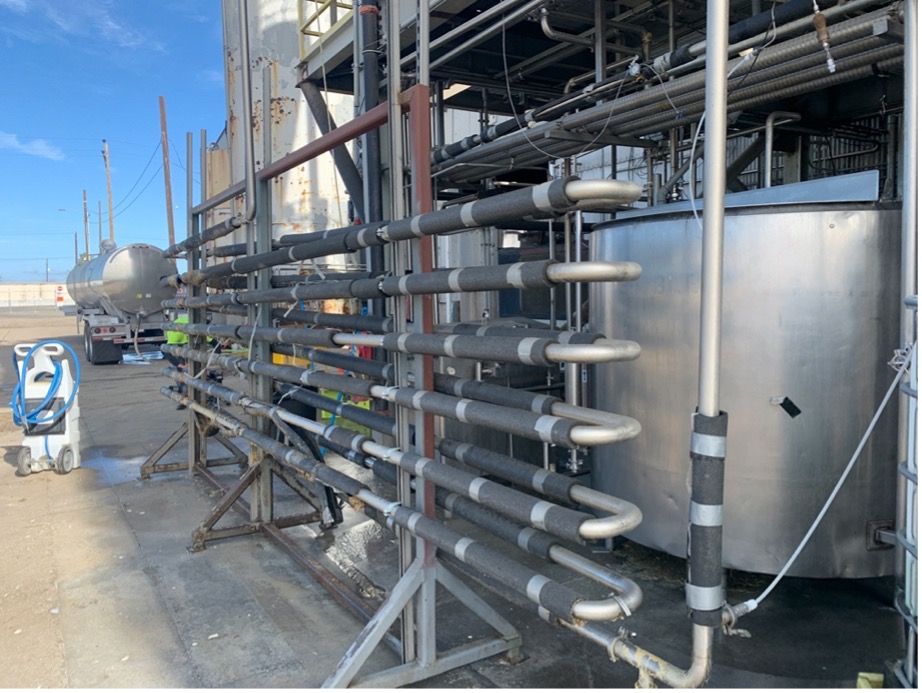 A California client, one of the oldest continuously operated family-owned wineries in the country, wanted to review their equipment values with an eye toward possible property tax appeal. Including in the holdings were tanks, bottling equipment, support machinery and equipment including forklifts and wastewater systems, agricultural equipment, restaurant equipment and, of course, office and administrative equipment and furniture.
A California client, one of the oldest continuously operated family-owned wineries in the country, wanted to review their equipment values with an eye toward possible property tax appeal. Including in the holdings were tanks, bottling equipment, support machinery and equipment including forklifts and wastewater systems, agricultural equipment, restaurant equipment and, of course, office and administrative equipment and furniture.
They chose us to appraise their equipment because of our experience in the wine industry and our reputation for tax problem-solving.
Uncovering the Problem
Tax appeal cases begin with a review of the county’s assessment and valuation process. Right away, we noticed that the tax assessor’s values on the wine tanks seemed excessive. It turns out that because of the way that wine tanks are assessed in California, the assessment value for ad valorem taxes often does increase annually whether or not the value of the tanks actually increases! Since wine tanks made up a large portion of the winery’s fixed asset value, this unreasonable alleged increase in value had created an expensive problem.
Another oddity in the tax assessor’s valuation was the complete disregard of the condition of the tanks. During the inspection process, we individually inspected every tank on the asset listing – with the exception of a few small portable tanks. We took photos and verified actual conditions of the tanks, noting especially that the 1980 earthquake of 5.8 magnitude, intensity VII in the winery’s vicinity did considerable damage to many of the tanks. Although many tanks were scrapped, some have remained in production. These damaged tanks are not sellable on the open market and the FMV of these tanks is their scrap value; a consideration that the tax assessor did not acknowledge.
Calculating Values for Tanks & Installation
We valued these winery tanks and installation using Cost Approach reconciled to Sale Comparison Approach. Installation included typical wine tank components such as constructed bases (steel and concrete), catwalks, process piping, electrical, shipping, rigging, etc. We used two distinct methods of calculating Replacement Cost New (RCN) for the tanks and installation. Click here to learn more about how RCN is used in the Cost Approach.
For tanks and installation for which the winery could provide historical costs, we depended upon the index for Breweries and Distilleries from Marshall Valuation Services to calculate RCN. For tanks and related installation for which no historical cost data was available from the winery, we brought in David Lamarre, a structural contractor with extensive experience with fabrication and installation of winery equipment. Mr. Lamarre participated in the equipment inspection and used the information gathered during that process to calculate a reasonable RCN for the equipment.
RCN values of the tanks and installation were then adjusted with estimated physical depreciation using the asset life for “winery tanks” (40 years) from Business Assessment Factors, January 2013, CAA Position Paper 13-001 (for lien date January 1, 2013).
Ultimately, the values derived from our careful and specific Cost Approach calculations were reconciled to the market using Sales Comparison Approach. We used research performed by Brad Warner of Transition Equipment in Napa, CA, a reputable and experienced retailer of used winery equipment. Using the descriptions and pictures of the tanks, Transition Equipment provided a FMV on a for the respective tanks as of the effective date of this report.
Presenting the Valuation Process
It’s not enough, in any kind of appraisal situation, to simply state a value. A credible appraisal includes an explanation of how a value is calculated. In a property tax appeal, as in any situation where a value may be in dispute, that explanation needs to be clear and solid. Our reports include a review of the county’s tax assessment methodology and clearly explain the analysis and process in developing the value presented in our own appraisal report. It’s critical to provide the tax assessor’s office with the information and reasoning needed to consider adjusting the client’s property taxes retrospectively.
For this particular winery, our research began with a thorough and detailed calculation of current costs. This involved hiring an independent construction expert familiar with wineries to calculate the true current costs of the tanks and related installation, a far more accurate method than the index method. In general, physical deterioration was based on a 40-year life.
Next, we reconciled results to the marketplace to make sure that we’d accounted for all forms of functional and economic obsolescence. We did this by consulting with dealers of used tanks who buy and sell this equipment on a daily basis. All along we carefully documented our procedures both in our work files and in the final report so that it would be crystal clear to the readers of the report–our clients and the tax assessor–what we did and how we did it, as well as what we didn’t do and why we didn’t do it.
In this particular case, as in many of our tax appeal cases, a thorough and clearly written report convinced the county assessor that our approach and our opinion of value are credible. The tax appeal of this California family-owned winery resulted in a significant reduction of property taxes for the client.
Jack Young, ASA, CPA
NorCalValuation.com




